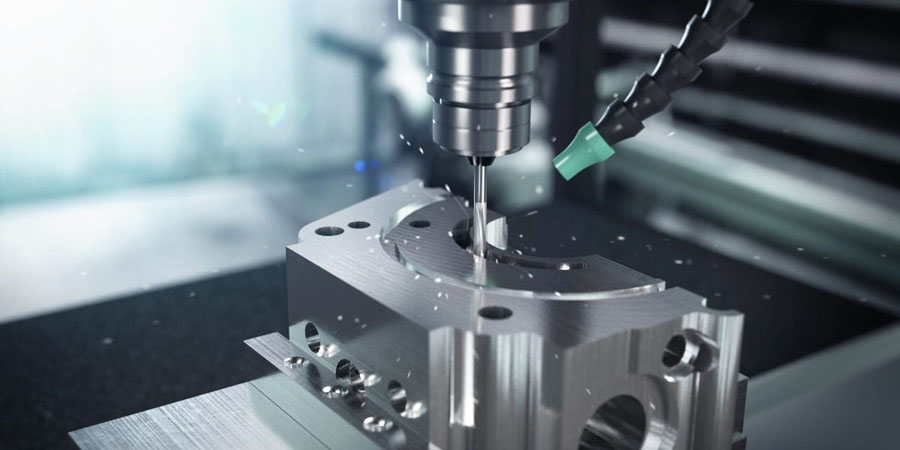Under the action of high machining temperature, the metal strength and hardness of the chip cutting area of general steel will significantly decrease with the increase of machining temperature, ensuring a smooth cutting process. However, the strength and hardness of stainless steel do not significantly decrease at high temperatures, so the cutting force during the stainless steel cutting process is high. It is precisely because the strength and hardness of stainless steel do not decrease significantly at high temperatures that the cutting force during the cutting process is more concentrated near the cutting edge, which can easily cause plastic deformation and damage to the cutting edge.
1. High Cutting Force And High Cutting Temperature
Stainless steel material has high strength, high tangential stress and plastic deformation during cutting, resulting in high cutting force. In addition, the material has extremely poor thermal conductivity, resulting in an increase in cutting temperature, which is often concentrated in a narrow area near the tool edge, thereby accelerating tool wear.
Solution:
Select cutting fluid products with good cooling performance, increase the supply of cutting fluid and oil supply pressure, and use multiple nozzles to supply oil, so as to ensure the lubrication effect of the tool and workpiece contact parts.

2. Severe Work Hardening
Austenitic stainless steel and some high temperature alloy stainless steel are of austenitic structure, and the tendency of work hardening during cutting is large, usually several times that of ordinary carbon steel. The tool is cut in the work hardening area, which shortens the tool life.
Solution:
Select a tool with high hardness, reasonably arrange the cutting feed, and use vulcanized cutting fluid with excellent extreme pressure performance. For example, the Lewande stainless steel milling cutter cutting series.
3. Easy To Stick Knife
Both austenitic stainless steel and martensite stainless steel have the characteristics of strong and tough chips and high cutting temperature. When strong and tough chips flow through the front cutting surface, adhesive phenomena such as bonding and fusion welding will occur, affecting the surface roughness of the machined parts.
Solution:
Increase the oil supply of cutting fluid, reduce the cutting feed and machining speed.
4. Tool Wear Increases
The above materials generally contain high melting point elements, high plasticity, and high cutting temperature, which accelerate tool wear, sharpen and change tools frequently, thus affecting production efficiency and improving tool use costs.
Solution:
Reduce cutting feed and processing speed, select cutting fluid products with excellent performance, and regularly replace cutting fluid.
By adopting the above machining methods, the machining difficulties of stainless steel can be overcome, and the tool life of stainless steel during drilling, reaming, and boring can be greatly improved. The frequency of tool grinding and changing during operation can be reduced, and satisfactory results can be achieved in improving production efficiency and hole processing quality, reducing labor intensity and production costs for workers.
More machining tips about stainless steel can visit:
https://www.sansmachining.com/difficulties-and-solutions-in-stainless-steel-machining/
https://www.sansmachining.com/methods-and-skills-for-milling-stainless-steel/
https://www.sansmachining.com/turning-of-aisi304-stainless-steel/



